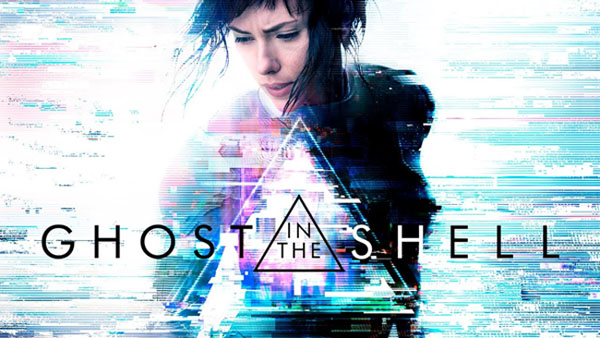
By JENSEN LIM LEONG
Staff Writer
Ghost in the Shell is an American adaptation of the manga of the same name by Masamune Shirow and Mamoru Oshii’s classic 1995 animated film. The film is directed by Rupert Sanders and stars Scarlett Johansson as The Major. The film flopped with a disappointing $19 million on its opening box office in the U.S. and is currently receiving a mixed reaction from critics and audiences alike, but it has yet to be released in Japan and China.
Ghost in the Shell follows the story of The Major, played by Scarlett Johansson, as she helps a police force known as Section 9. The Major is the first successful human soul or “Ghost” that has been successfully implanted into a cybernetic body or “Shell.” The Major struggles with her memory after being turned into a cyborg, which makes her question whether she is more human or machine. When a failed cyborg known as Kuze kills the scientist responsible for creating The Major, Section 9 is sent in to investigate.
Ghost in the Shell is one of the most respectful adaptations I have seen of a source material. It captures the themes and atmosphere of the original movies through excellent cinematography. It pays homage by creating frame for frame recreations of the 1995 classic film while still creating a separate story. Rupert Sanders recreates many scenes from the film with great directing. Visually the film is amazing; it creates a gritty cyberpunk world. Holographic billboards, cybernetic enhancements, a dirty underground city and camouflage all help create this exciting world. The special and practical effects are great, allowing for some trippy visuals and unique robot designs. The CGI is okay but looked rubbery in one action scene towards the climax of the film.
The writing was a bit odd at times. Some of the characters’ actions seemed sudden. When The Major runs into someone from her past who cannot recognize her due to her “Shell” looking different, the person in question reveals everything about her past in the timespan of five minutes. One of the villains, Cutter, is also extremely cliché. He is the head of the corporation that funded research into creating The Major and is intent on only weaponizing all assets, essentially an 80’s villain who only cares about the welfare of his company.
All the actors are great in portraying their respectful characters. Johansson was great at playing the Major, but my two personal favorites were “Beat” Takeshi and Pilou Asbaek as Chief Daisuke and Batou.
As of this article’s publication, the film holds a 45% on Rotten Tomatoes and made only $19 million at the U.S. box office during opening weekend, which is abysmal. A lot of that can be attributed to the negative response this film received before its own release due to the casting of Scarlett Johansson. Yes, whitewashing has been a problem in cinema, but for this character it does not really matter. The whole point of Ghost in the Shell is that the human mind can live outside the body and things like limbs and eyes are replaceable. My one true fear was that people would only focus on the casting and not the attempt to bring a cult classic to the masses, but the $19 million should speak for itself on the success of that attempt.
What most people do not understand about adaptations is that they are a risk. Scarlett Johansson was not casted just because she was white; it was because she is one of the few actresses that can sell a movie just by her name. A risky project like Ghost in the Shell would have never been greenlit if it were not for an A-list female actress taking that role and unfortunately America does not have an Asian A-list actress. What gave Johansson this power was the film Lucy because it made ten times its budget. Since the reviews panned the story and praised Johansson’s performance, the success was attributed to her.
There was another criticism that the film was not enough of a direct adaptation of the original Ghost in the Shell. That does not make any sense to me, after years of hearing so many people say that the Harry Potter and Hunger Games books are better than the movies, why a film like this would not be accepted. Both the Harry Potter and Hunger Games books have more time to flesh out the details of their story and because of that, the books have more depth and character. An adaptation should pay respects to the original, but also create something worthwhile for fans of the story to watch.
Some adaptations like DragonBall Evolution and Fant4Stic are made just so that the company can retain the rights to the license, so it hurts me when an adaptation that was obviously created out of love for a franchise dies because of a casting that was essentially unavoidable. Ghost in the Shell is a fine adaptation with great acting, directing, shot composition and music that deserves a more recognition beyond a minor flaw.



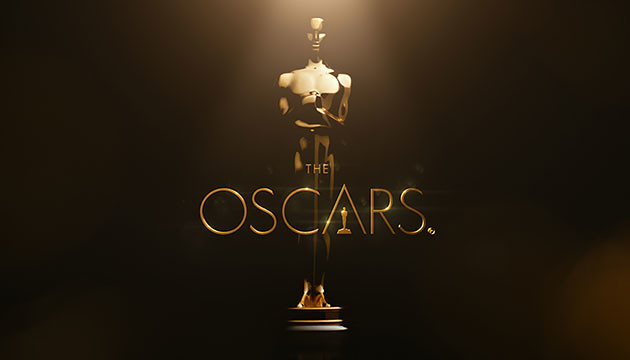
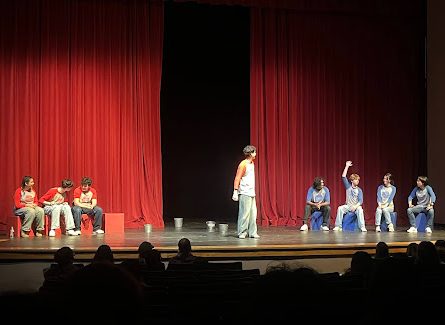
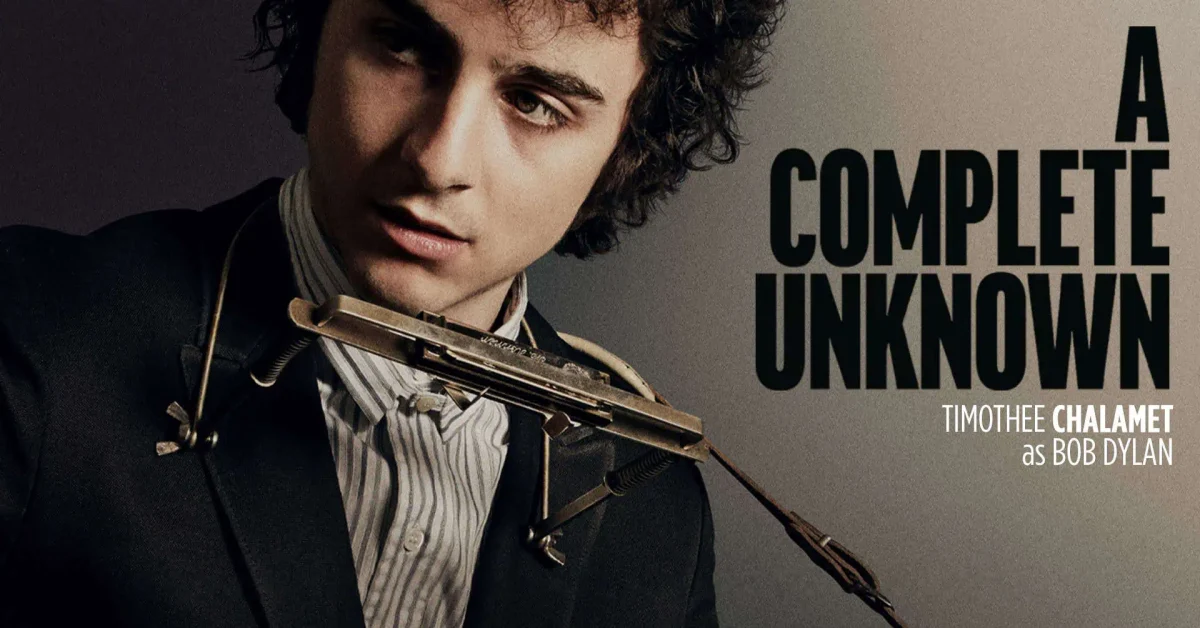
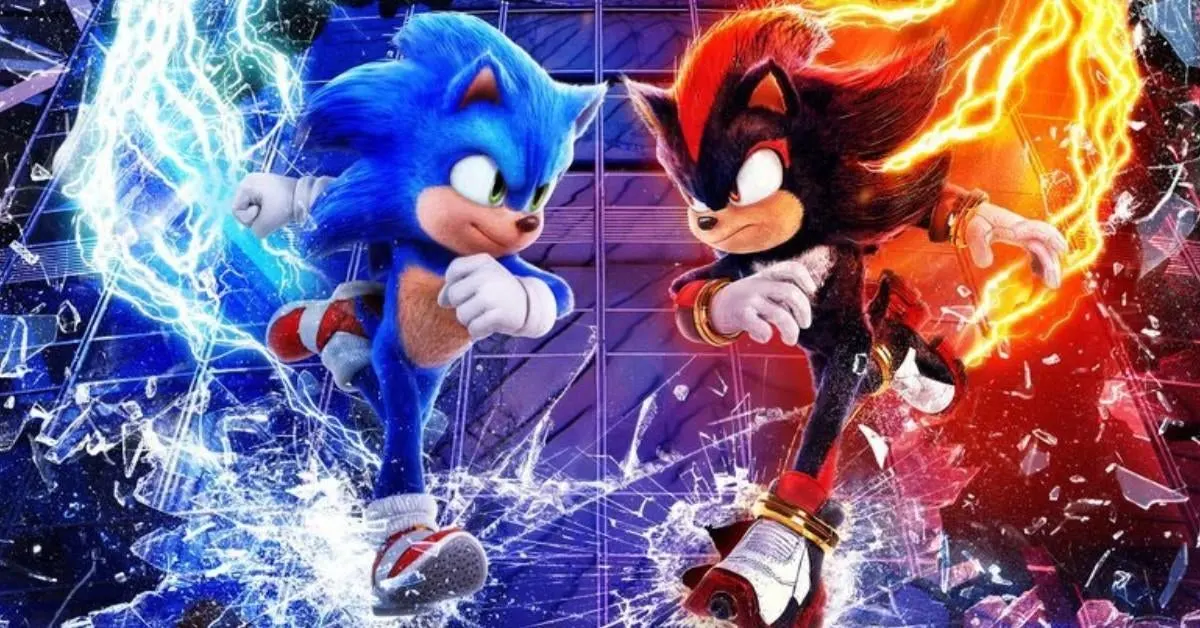

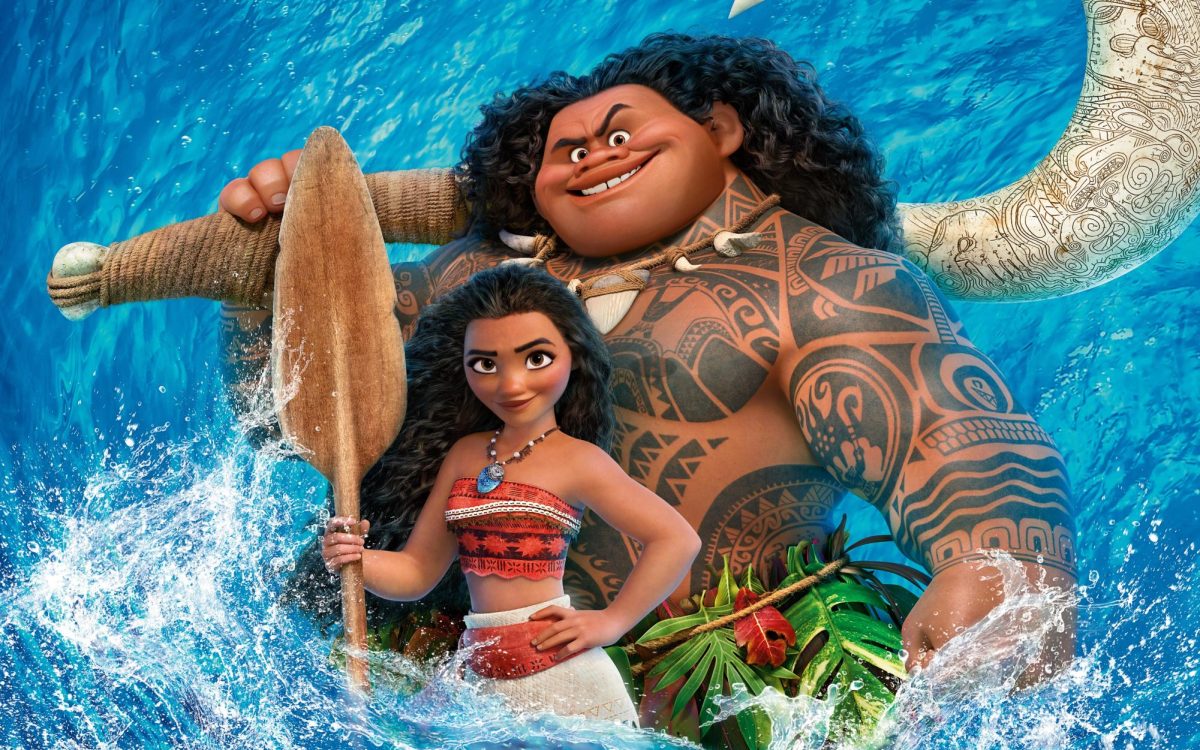





The Cinematic Explorer • Apr 13, 2017 at 10:39 am
I can’t even tell you how much I enjoyed reading your review. I totally agree that people often expect too much of adaptations and how frustrating it is that people are blinded by bigger franchises such as Harry Potter. At the end of the day, this film was pretty honest to the original story, all things considered.
Transcend Fine Jewellery • Apr 13, 2017 at 10:26 am
Will check it out. Thanks.